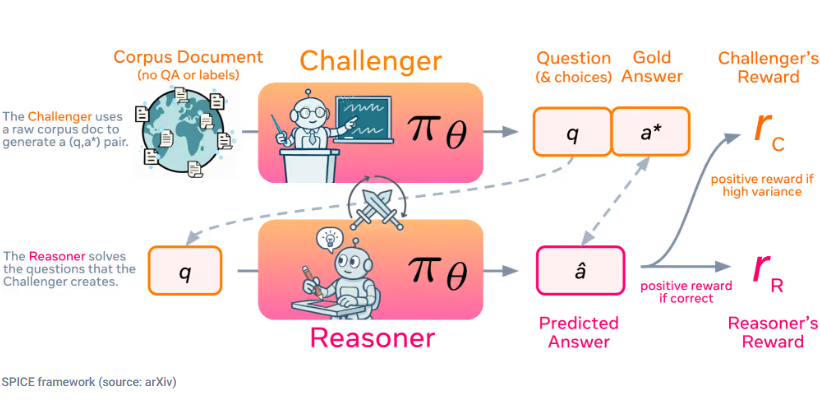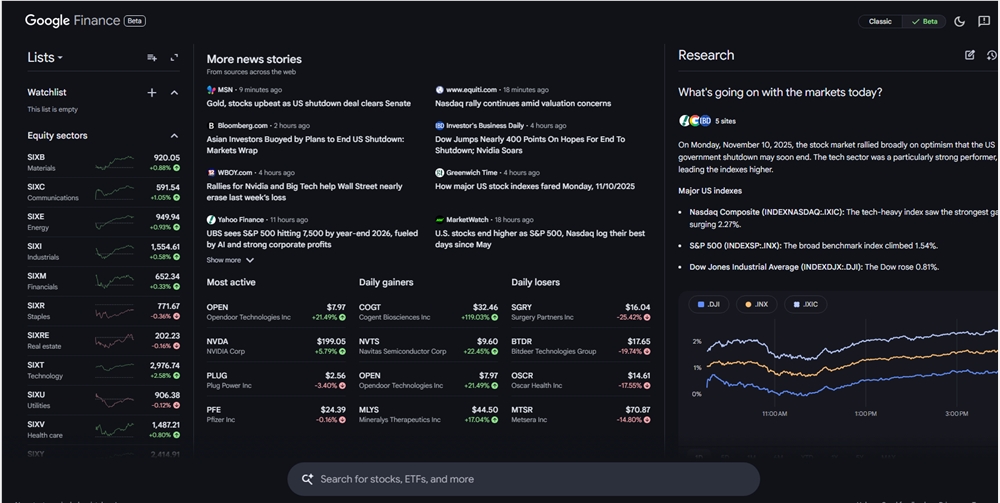In this digital era, software security has become increasingly important. To identify vulnerabilities in software, scientists have developed detection systems based on deep learning. These systems act as the software's "security inspectors," capable of quickly identifying potential security risks. However, a recent study named EaTVul has dealt a blow to these "inspectors."
Imagine if someone could make security scanners overlook dangerous items—how terrifying would that be? Researchers from CSIRO's Data61, Swinburne University of Technology, and the Australian DST Group have introduced EaTVul, an innovative evasion attack strategy. EaTVul aims to reveal the vulnerability of deep learning-based detection systems against adversarial attacks.
It cleverly modifies vulnerable code, causing detection systems to mistakenly believe everything is normal. This is akin to disguising dangerous items with an "invisible cloak," fooling the scanner's "keen eyes."
EaTVul has undergone rigorous testing, achieving astonishing success rates. For code snippets longer than two lines, its success rate exceeds 83%, and for four-line code snippets, it reaches 100%! In various experiments, EaTVul consistently manipulates model predictions, exposing significant vulnerabilities in current detection systems.

The working principle of EaTVul is quite intriguing.
It first uses a method called Support Vector Machine to identify key non-vulnerable samples, similar to finding the most confusing questions on an exam. Then, it employs a technique called Attention Mechanism to pinpoint the critical features influencing the detection system's judgment, akin to identifying the key points that examiners focus on.

Next, it utilizes ChatGPT, an AI chatbot, to generate misleading data, creating answers that appear correct but are problematic. Finally, it optimizes these data using a method called Fuzzy Genetic Algorithm, ensuring they maximally deceive the detection system.
The results of this study have sounded an alarm in the field of software security. It tells us that even the most advanced detection systems can be deceived. This is akin to reminding us that even the most stringent security systems may have vulnerabilities. Therefore, we need to continuously improve and strengthen these systems, much like constantly upgrading security equipment, to counter increasingly cunning "hackers."
Paper link: https://arxiv.org/abs/2407.19216
Key points:
🚨 EaTVul is a new attack method that effectively deceives deep learning-based software vulnerability detection systems, with success rates ranging from 83% to 100%.
🔍 EaTVul employs techniques such as Support Vector Machine, Attention Mechanism, ChatGPT, and Fuzzy Genetic Algorithm to cleverly modify vulnerable code to evade detection.
⚠️ This study exposes the vulnerability of current software vulnerability detection systems, urging us to develop stronger defense mechanisms to counter such attacks.










